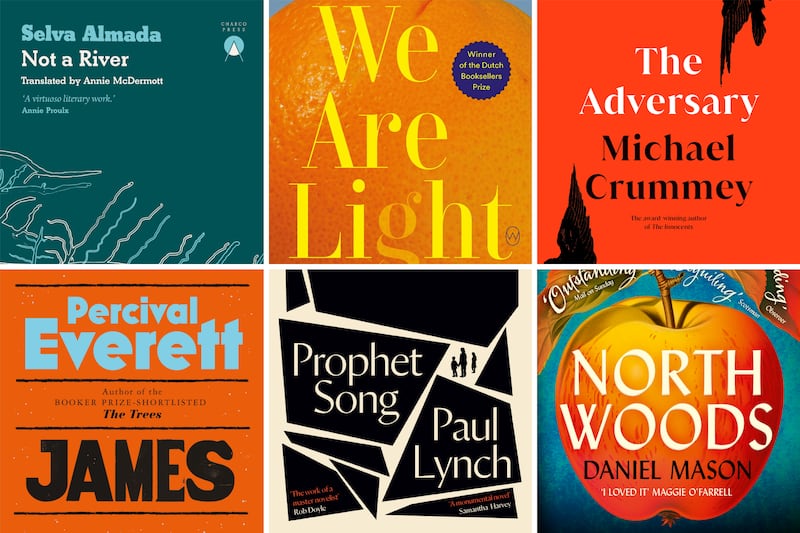On Sunday morning the Phoenix Park was quiet. With all entrances except Parkgate Street and Castleknock closed to cars and no parking allowed in the confines of the park, the few people around were locals who were walking, running, cycling or pushing buggies around the huge open expanse of the Fifteen Acres, above which sits the Papal Cross.
The numerous pitches which make up a lot of the grassy expanse were empty and missing the usual Sunday morning mash-up of different ages and sizes chasing after footballs. There are many sporting ghosts around this area dating back to the first recorded cricket matches in Ireland which took place in the park in the 1730s. Indeed a cricket pitch in the grounds of what is now Áras an Uachtaráin was for a long time considered to be one of the best surfaces in Britain or Ireland. Phoenix Rugby Club, featuring none other than GAA founder Michael Cusack in their team, played in the first ever Leinster Senior Cup match in 1881 while there was an All-Ireland hurling final played in the park in the 1890s.
But if you walk left from the Papal Cross, across Acres Road and down towards Phoenix Cricket Club, you will be walking on land with different sporting history. You will, in fact, be retracing the steps of some of Ireland’s earliest golfers as you walk on the original layout of what we now know as the Royal Dublin Golf Club.
Now long since lost to history, the area stretching down towards the Magazine Fort and the Islandbridge Gate used to be made up of tee boxes, fairways and greens. A small clubhouse sat just a few hundred yards from the cricket pitches and, if you stand with the main Chesterfield Avenue on your right, you can see how fairways may have cut through the trees and down the steep valley to the left at the bottom of which is a small stream.
It is in this spot that, shortly after 1pm on October 24th, 1885, the first shots were hit in Irish inter-club golf when Royal Belfast took on the newly-formed Dublin Golf Club. Indeed the first hole, named as Burn on the scorecard, may well have incorporated that stream.
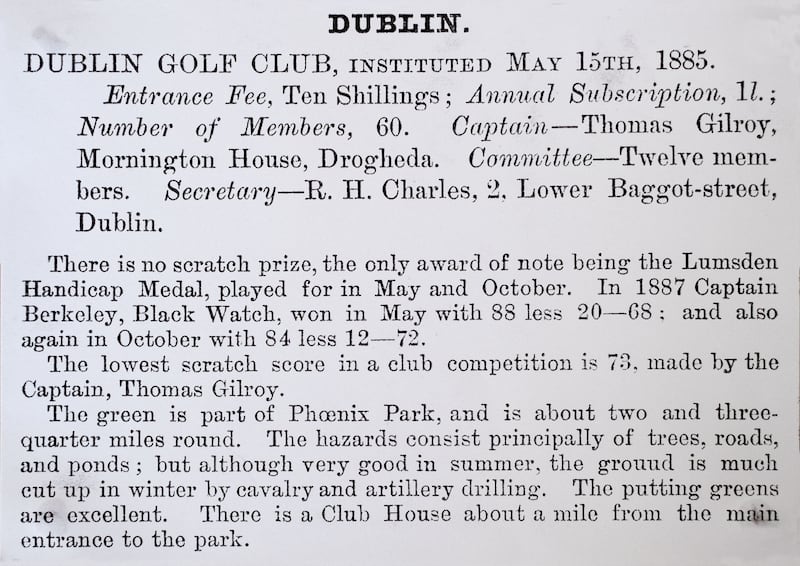
On that October afternoon 135 years ago when 10 Dubliners hosted their visitors from the north they were very much pioneering the sport in a country which, largely, knew little or nothing about it.
“Golf had begun to spread out of Scotland and into England in the 1870s and 1880s where it became part of the professional person’s game, it was part of their world,” says Paul Rouse, a history lecturer at UCD and author of Sport & Ireland: A History.
“If you look at that elite of the professional world in England, what that meant was the aristocracy, people who were making a few pound in banking and then, on top of that, British Army officers. They were all part of the same families, all part of the same world. So the British Army began to play golf around the world, its officers were bringing their golf clubs with them. It was gentlemanly leisure and you could play it into your 40s and 50s.
“There’s no getting away from the fact that golf clubs in particular were utterly associated with aspects of the British empire and part of the wider culture of empire. If you look at the people who were involved in clubs there were local army officers, local land owners and these were people who identified with the British state and were comfortable with that association.”
Away from the trees and the herds of deer in the park, Dublin was very much a city that was beginning to change. A month after those first shots were struck in the park, Charles Stewart Parnell’s Home Rule Party would win 85 seats in Westminster while, three years previous and just a few hundred yards from the newly-laid out golf course on Chesterfield Avenue, chief secretary for Ireland Lord Frederick Cavendish and his undersecretary Thomas Henry Burke had been brutally stabbed to death by a breakaway IRB group who called themselves The Invincibles.
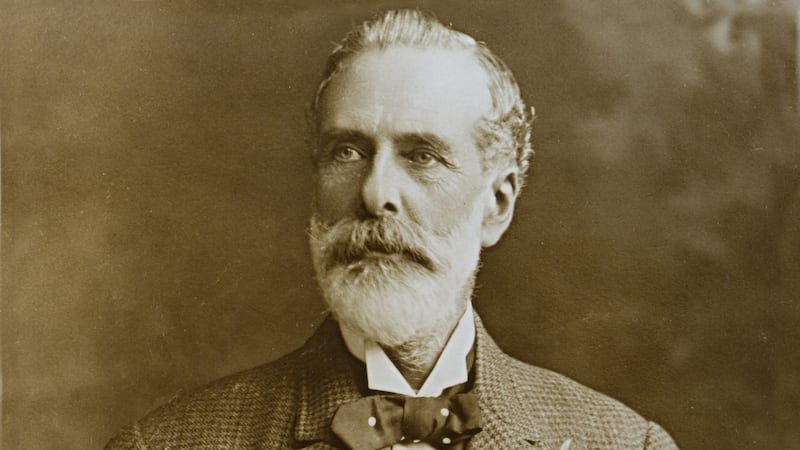
Clubs for the upper classes to socialise with like-minded contemporaries were on the rise and golf would provide another avenue for those people to clink glasses and smoke cigars.
The sport was, undoubtedly, the preserve of the upper classes and was a way for people in those circles to mingle with each other. But it was also brand new in Ireland, so new in fact that an article in The Irish Times in July 1885 to announce the establishment of the club acted more as an explainer. “Golf is, perhaps, best played on uneven ground and on this are cut a series of holes at distances apart. It is the aim of the player to lodge the ball in the fewest strokes possible.”
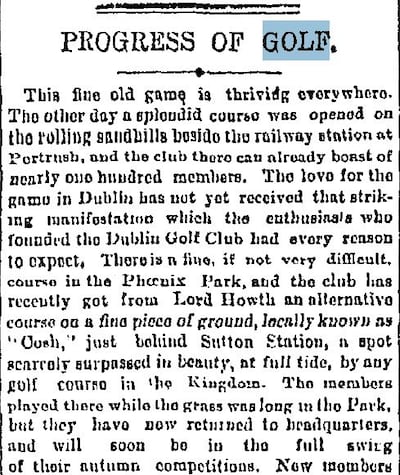
It’s funny to think that even now, 135 years later, when the sport appears so different to the rough and tumble courses and the hickory clubs of the 1800s, the aim of the game is still unchanged.
Indeed the frustrations of the sport were just as true then as they are now with one piece in The Irish Times referencing an incident of when a player finished his round in the Phoenix Park and came into the clubhouse “so disgusted with himself that he mounted a chair and sold all of his clubs by auction, vowing that he would never play again.” Not an unfamiliar scene in golf clubs to this day.
Golf had been played by British Army soldiers on the Curragh since the 1850s with Royal Belfast said to be the first organised golf club to establish itself in 1881. It was on a May afternoon four years later that a Scottish banker called John Lumsden met with some friends in No 19, Grafton Street.
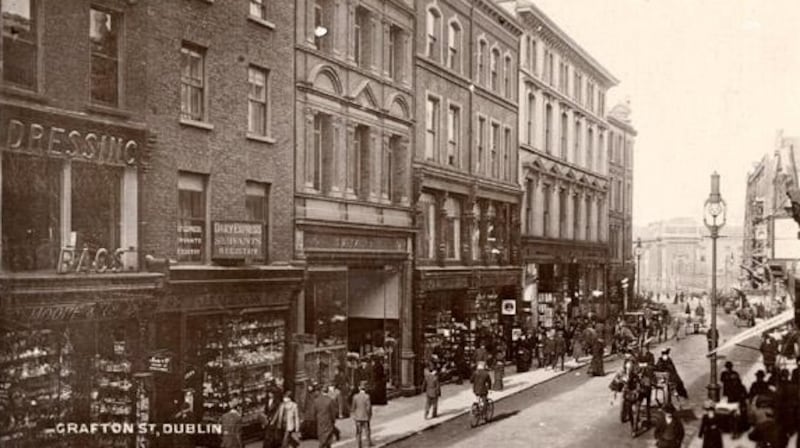
The group knew of an area in the Phoenix Park not far from Áras an Uachtaráin – then called the Viceregal Lodge – where British Army soldiers from the Richmond Barracks in Inchicore played some form of the game. So, in Lumsden’s office above what is now Marks & Spencers, the men laid out an 18-hole course, around 4,000 yards in length, while a letter was sent off to the Office of Public Works looking for permission to build a small clubhouse on “the only ground in the district suitable for the purpose”. The basic structure would cost £50 and, according to The Irish Field newspaper, was later moved with the club when it relocated to Bull Island, where the club remains today.
The expertise of another Scot, Thomas Gilroy, was also key in the laying out of the Phoenix Park course and the establishment of the club. According to records in the archives of Royal Belfast, he was something of an unofficial champion golfer in Ireland and it was the standard of his play that the first handicap system was based off – a system which was then adopted by the Golfing Union of Ireland (GUI) in 1896.
With Dublin developing and green areas for sport disappearing across the city, the open expanses of the Phoenix Park were best suited for a golf course, as Lumsden wrote at the time.
“It [the Phoenix Park] became more and more important as places like Oxmantown Green and other areas where sport was played were lost as the city developed,” says Rouse. “As clubs began to establish and as fields were laid down it became more and more important, probably the most important place for sport in the city because of the cricket clubs, because of the polo club, so formally organised sport found its biggest venue in the city in the Phoenix Park.”
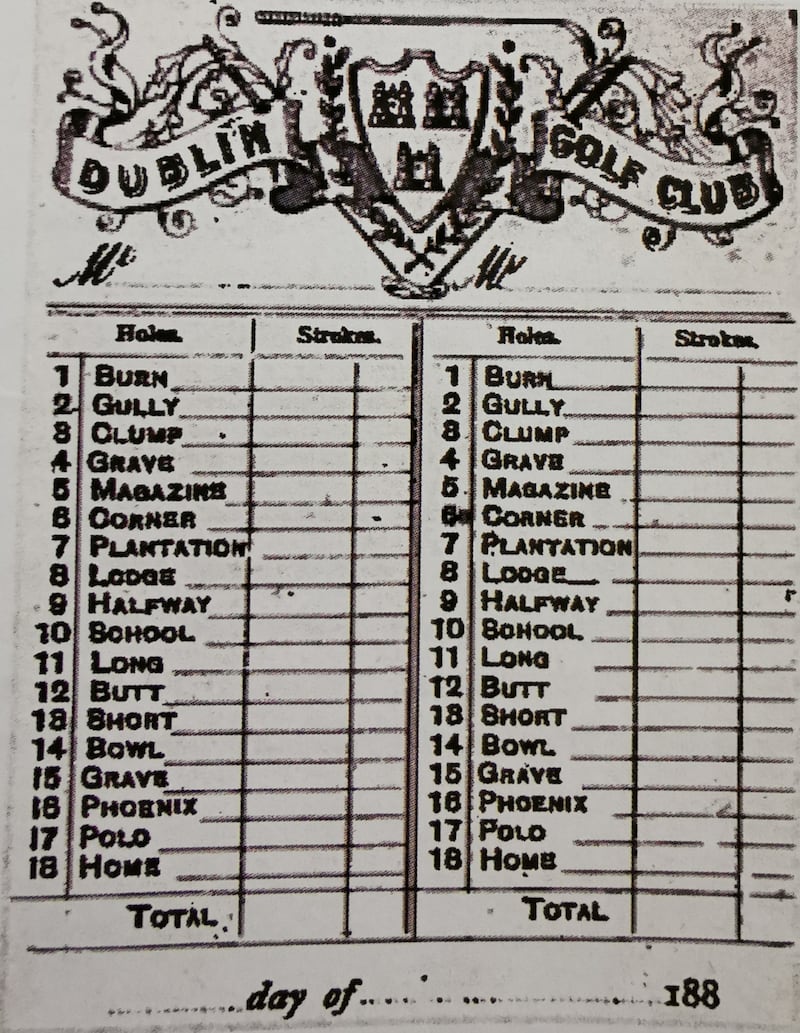
The course was, by all accounts, quite basic and far from the links at which the club plays today, which is regarded as one of the best in the world. From looking at the names of the holes on the scorecard it’s possible to get some sort of an idea of the layout with the fifth hole named as Magazine, presumably beside the Magazine Fort in the corner of the park, while the 17th, called Polo, may have been out closer to Chesterfield Avenue where the polo club sits.
It was over this layout and on “greens in excellent condition” that Dublin racked up a comfortable victory over their Belfast counterparts in that first ever match in October 1885, with Gilroy shooting a 92 for the best individual score of the day, according to the report in The Irish Field.
Further matches took place between the clubs in 1886, 1887 and 1891 but the very first was also the last to take place in the Phoenix Park as the Dublin Golf Club began to look for new sites for their course. It turned out regular army horse manoeuvres did no favours for the greens. After briefly playing in Sutton before returning to the park, the club made the permanent switch to Bull Island in 1889 and two years later the club was given the title of Royal Dublin by Queen Victoria.
Golf would never be played in the Phoenix Park again but not for want of trying. In 1926 the Irish Free State government agreed to fund a public course around the same area of land where the original Dublin Golf Club had stood. The group behind the venture included two Unionist lords, two doctors, a Catholic priest and two men from The Irish Times.
This newspaper championed the proposed public course, saying that it would “introduce hundreds of Dublin citizens to one of the cleanest, healthiest and most fascinating pastimes in the world.”
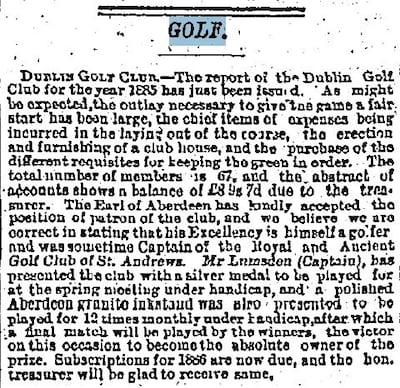
But despite the plans going as far as the course being staked out, in the end it never actually happened because of a few objections, the loudest of which came from the minister for defence, Richard Mulcahy, who wanted an aerodrome built for civil aviation. In the end, neither the golf course nor the aerodrome were built.
The last attempt to build a golf course in the Phoenix Park came in 1938 and was a little bit different to the previous efforts. After Douglas Hyde became the first president of Ireland a nine-hole course was mapped out in the grounds of the Áras for Hyde, who was a keen golfer, and guests to play on. According to The Irish Field the construction would cost £44 and maintenance no more than £20 per year but the proposals were scrapped before building could start after Hyde took a stroke and the second World War then came on the horizon.
Golf’s place in the 358-year history of the park may be quite minor but next time you’re in the area it’s worth remembering that, in a sport in which this country punches far above its weight, some of the first shots hit on the island of Ireland were taken in that very spot.




















